Not long ago, I made mention of the fact that I was totally loving my new, oversized heating pad, and it was suggested that I write a short review of my experiences with it. I thought that was a great idea, and as I considered what I would say about it, I realized that my new favorite heating pad was only one part of a bigger story.
Without actually having thought about it or intending to, I had accidentally developed my own system for relieving my chronic back pain, something that I struggle with daily.
Time has taken its toll on my body. Over the years, I’ve been in some fairly serious accidents, the results of which are, among other things, a ruptured L5 and a herniated L4. Back pain, often severe, is a constant companion.
If I had the room for it, I’d absolutely spend a few thousand bucks and get a high-quality massage chair. When I get my own place, that’s definitely in the cards (and if you’re curious, it was a tossup between the Kahuna LM-6800 and the Kahuna SM 7300, with the 7300 winning out by a nose because I’m 6’6” tall and although the 6800 is the better value, the 7300 is a better fit).
Just now, though, I live in a little 900-square-foot house, and I don’t have space for a giant piece of furniture like that. I still have chronic back pain, though, and I’ve tried a lot of different technologies to help manage it.
The system of treating back pain at home I’m using now consists of three simple off the shelf components that, when combined, provide exactly the relief I’m looking for. Since these are off the shelf components, anybody can replicate this system, which is why I’m sharing it here.
I know this works because I use it on a near-daily basis. My hope is that by sharing the details of the system I’ve built, any chronic pain sufferer can find similar relief, and that’s the real goal and purpose of this review. If your interest is piqued, read on, and I’ll introduce you to the three components that have become my new best friend.
My DIY Back Pain at Home Treatment System
My system of treating back pain at home consists of an oversized heating pad, a TENS unit, and a quartet of rechargeable 9-volt batteries. If you suffer from chronic pain, it’s a waste of money to buy batteries that aren’t rechargeable. You’ll be spending fifty bucks more on batteries. Just buy some good quality rechargeable ones and reuse them.
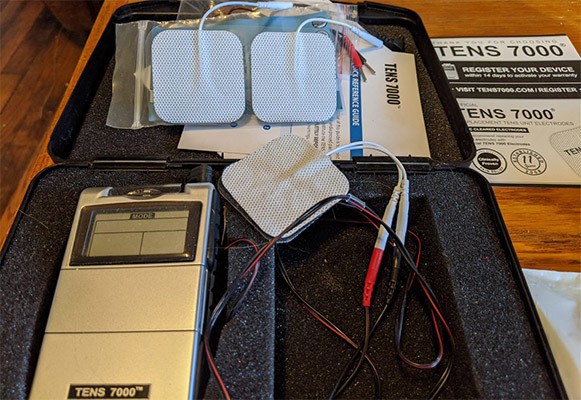
I got all three of my components from Amazon, and courtesy of my handy Prime account, they arrived at my door in two days.
I started off using a TENS 1000, which is a rugged analog machine. Sadly, they don’t sell that model anymore, so when I gave that one to a friend in need, I purchased the TENS 7000 model, which does the same stuff but features a digital display. You can find it here:
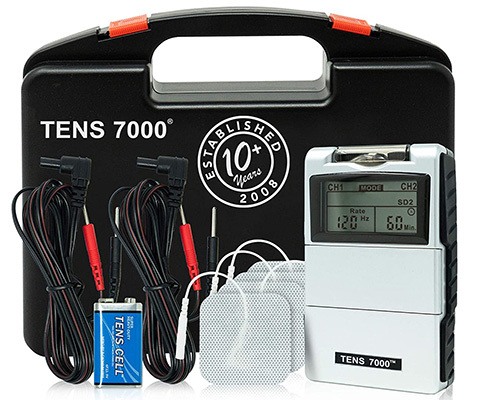
This back pain at home treatment arrives in a plastic carrying case that has everything you’ll need to get started, including two sets of leads, a non-rechargeable 9-volt battery, and four sticky pads to put on the sore spots on your back.
If your pain is chronic like mine is, those four starting pads aren’t going to be enough. Sure, you can reuse them, but you’re going to need more.
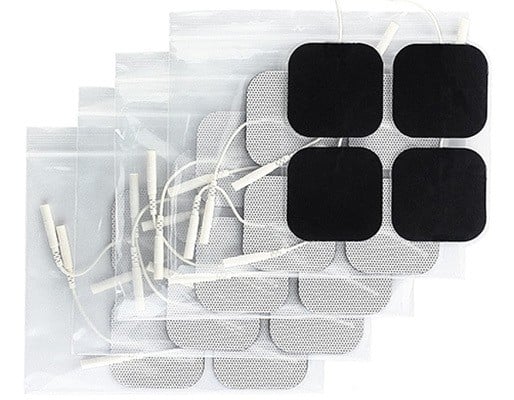
When I got my new unit, I just purchased a bunch of extras, so they arrived together. These are commodity items, so there’s really no difference between one brand or another. I bought these because they were on sale and were the best price when I made my purchase:
As I said, as commodity items, it really doesn’t matter what you get, as long as the leads are compatible with your unit, you’re in good shape. This pack of 40 will probably last me a couple of years, given that you can use each one several times before it has to be replaced.
How to Use the TENS Unit
Using the TENS unit is pretty simple. Just pop the battery in, connect pads to your wires, plug the wires into the top of the unit, then open the port in the center of the little device.
Click the channel you’re using on via the round knobs on top of the unit and select your mode, radius, intensity, and duration via the buttons. While there are four different modes to choose from that send little bursts of electricity to the pads, I’ve found that the “Burst” mode is the one that’s far and away the most effective.
Set the other options to taste and be aggressive, setting the intensity just under the threshold you can stand. It should get your attention without actually hurting. By starting there, you’ll find that in about three minutes, you get used to the setting and can either increase the strength again or just carry on about your day and let it work its magic.
The single biggest drawback of the TENS 7000 is that it caps out at a sixty-minute session. With my old TENS 1000, I could just pop a battery in and let it run all night. You can’t do that with these fancy new models, which is mildly disappointing but certainly not a deal-breaker. I’m happy with it, but I still kinda wish I hadn’t given my old 1000 away.
When the included battery runs out, buy the ones below so you will have a replacement at the ready:
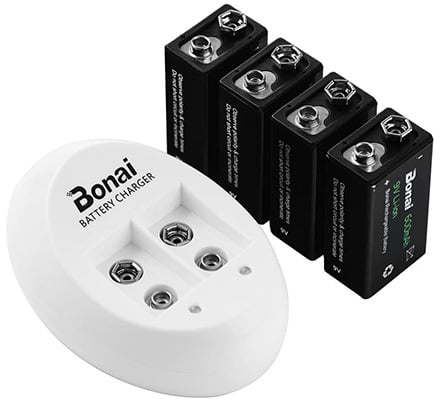
This is the best deal on rechargeable 9-volts I could find. Again though, these are commodity items. There might be some small differences at the margins, but honestly, one rechargeable battery is about as good as the next for these purposes.
There’s really nothing to say here. Just plug the recharger into any outlet and plug your dead batteries into the recharger. The light will tell you when they’re fully charged, and you take them out. That’s it. Simple and effective.
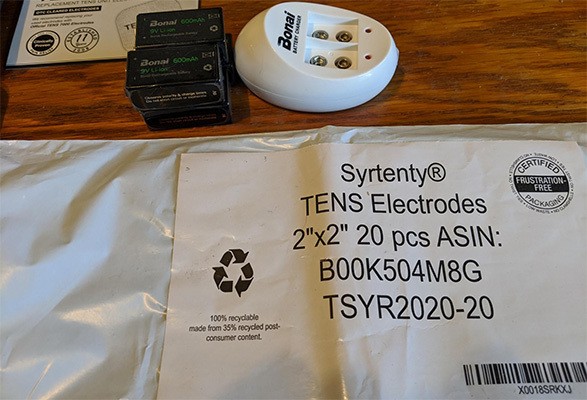
By itself, the TENS unit will give you loads of pain relief and can be a game-changer as back pain solution at home, but heat plus TENS unit is even better.
My old heating pad was terrible. It was great ten years ago when I first bought it, but after ten years of heavy use, it was just ragged. Not to mention the fact that the temperature controller inside the little unit broke and on more than one occasion left 3rd-degree burns on my back. It was definitely time for a replacement.
A friend of mine turned me onto this monster:
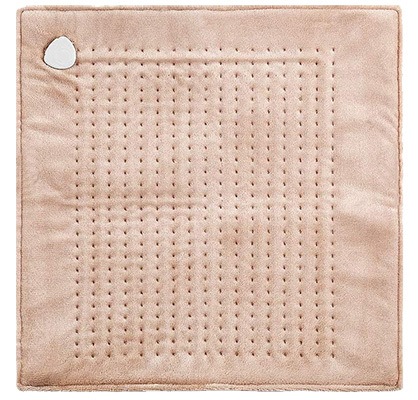
Right off the bat, I loved it because it was basically like a 2’ square electric blanket. Since I’m a big guy, I was pretty excited about that and ordered one right away.
Don’t pay full price for this thing. The company is constantly running sales that offer it at a 40-50% discount. At full price, I don’t think I would have made the purchase, but at 48% off, it was a no-brainer.
I love it. The controls are simple (one button, high, medium, and low settings, each with an accompanying LED light so you can tell at a glance, even in the dark, which setting you’re on. Green is low. Amber is medium. Red is high).
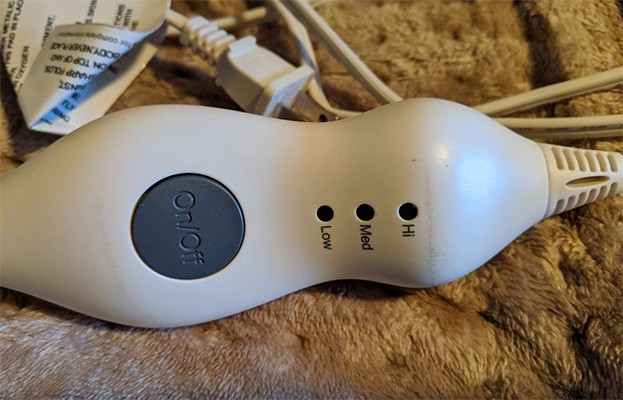
It’s super soft and has a built-in two-hour timer that causes it to shut off automatically when the time’s up to help prevent burns.
The lowest setting is useless to me personally, but some might enjoy the slight warming sensation it gives. I suspect that the best use for the low setting is to put it at the foot of your bed under the covers about an hour before you get into it so your feet land in a nice warm spot.
The medium setting is warm enough to be useful, but I usually just crank it up to high and run with it. The combination of that soothing heat paired with the bursts from the TENS unit is the magic bullet. Even if I’m having a really bad back day, about ten minutes after firing up my heating pad and TENS unit, the pain begins to lessen. It never goes away completely, but that’s not the point.
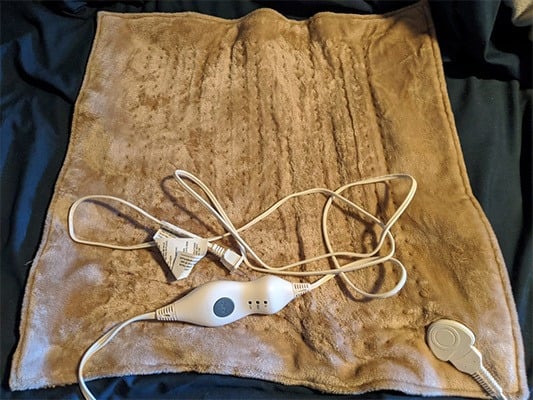
There is no technology or combination of technologies that are going to do that for me. I know that. What this back pain relief at home does, though, is turn a day when I’d normally be hurting too much to work into a full, productive day. For me, that makes these three bits of off the shelf technology worth their weight in gold.
Final Thoughts on Treating Back Pain at Home
I’d absolutely recommend any of these to anyone. In fact, after testing the heating pad out, I wound up buying three more as Christmas presents for friends because I liked it so much. It’s a good heating pad, and even for me, at 6’6,” it covers most of my back. If you’re shorter, it will probably cover all of your back and down to the top parts of your thighs. It’s huge, and that’s awesome in my book.
As good as each thing is on its own, though, they have tremendous synergy, and using them together makes them even better, with each complimenting the other. That’s where the real magic is.
So, if you suffer from chronic pain and you’re looking for a cost-effective way to get some relief, this is what I recommend. I make use of this system of treating back pain at home on a regular basis and absolutely swear by it. If you decide to give it a go, I hope you’ll find your way back here and let me know how it has worked for you!